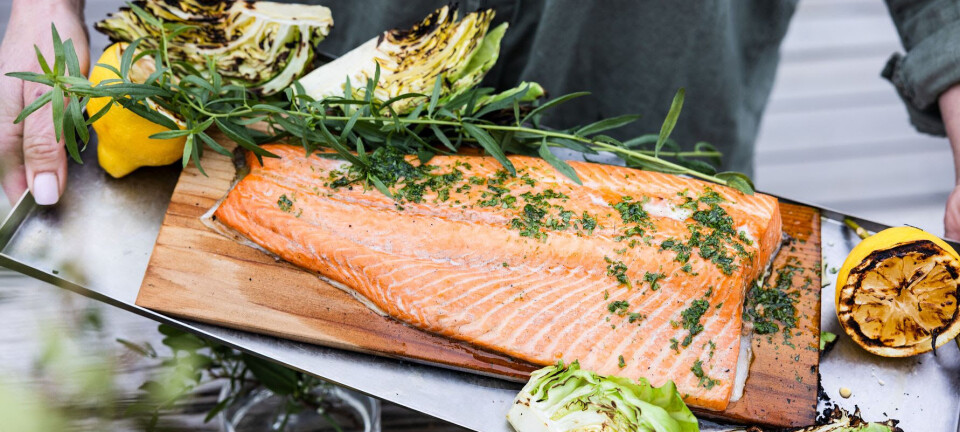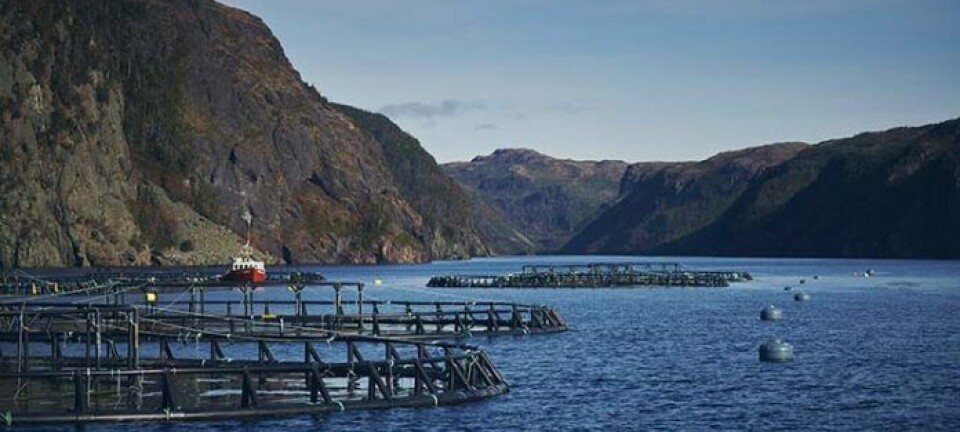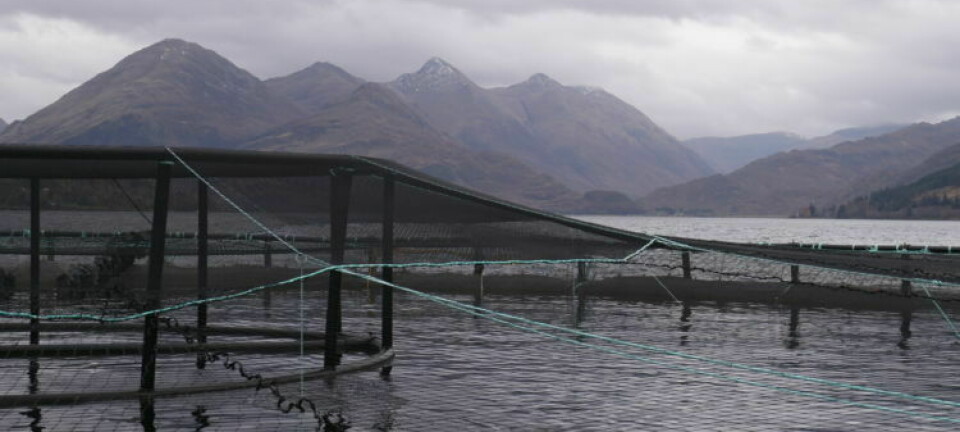
Cermaq sounds good to investor
The Sovereign Investor suggests that per capita consumption of fish has increased and will increase drastically as more people from developing countries can afford to buy more health-promoting protein. Some predictions suggest an increase of the average consumption of seafood from today’s 17.2 kilos to some 20 kilos by 2030, requiring an additional 50 million tonnes. Due to the fact that most fisheries in the world are already fully subscribed, this increase in demand can only come from aquaculture production.
Jeff Opdyke, Investment Director with The Sovereign Investor provides more details, and suggests that an investment in Cermaq might be advisable;
Global per-capita fish consumption hit a historic high of 17 kilos in 2008, according to the United Nations Food and Agriculture Organization. For some perspective, per-capita consumption in the 1960s was less than 10 kilos. It has risen every decade since. Each year through 2030, roughly 30 million people will join the middle class. That’s more than half a billion new people with the money to afford better protein in their diet. But where will all this fish come from? The opportunity for investors lies in the answer to that question
Farming for Profits in Fish Farms
The quantity of the world’s wild-caught fish – about 90 million metric tons annually – has barely budged since 2001, according to UN statistics. That reflects decades of overfishing running headlong into aggressive, multi-year governmental efforts to restore the depleted stocks through protective quotas.
Instead, the fish the world consumes is increasingly coming from aquaculture – basically, fish farms.
Those farms now supply about 53 million metric tons of fish annually, up from about 7 million metric tons in 1980. That growth is projected to continue at a rate of between 6% and 8% a year, ultimately surpassing wild-caught fish as the dominant source of fish-protein sometime in the next seven years or so.
That’s the kind of trend you want to hook into as an investor. Owning equity in a fish farm lets you participate in the ongoing expansion of the world’s middle class and the growing desire for better food.
China has schools of fish farms all over the country. But I would much rather be in the heart of the industry, in Norway, where you find many of the largest, multinational fish-farming companies.
Outside of Asia, Norway is the most significant fish-farming country in the world. And investing there gives you exposure to the Norwegian krone, one of my three preferred currencies (along with the Chinese yuan and the Singapore dollar).
Cermaq owns about 6% of the farmed-fish market globally, producing mainly salmon in Norway, Canada and Chile. The company also controls about 35% of the global market for fish feed, giving us an additional tie to the growing demand for fish protein. The company in 2010 reported its best year ever. Demand for salmon has surged in recent years, even as supply has stagnated – the result being that salmon prices are rising globally. The operations in Chile will drive profits even higher this year. Chile struggled with a disease outbreak a few years ago that reduced supply dramatically. The outbreak has passed and Cermaq’s operations are expected to return to normal this year. Cermaq shares trade at about 100 krone (US$18.62) and fetch just seven times expected earnings. The stock also plates up a nice dividend yield in the 5% range. Ultimately, the world is hungrier for fish. Cermaq benefits from that reality.























































